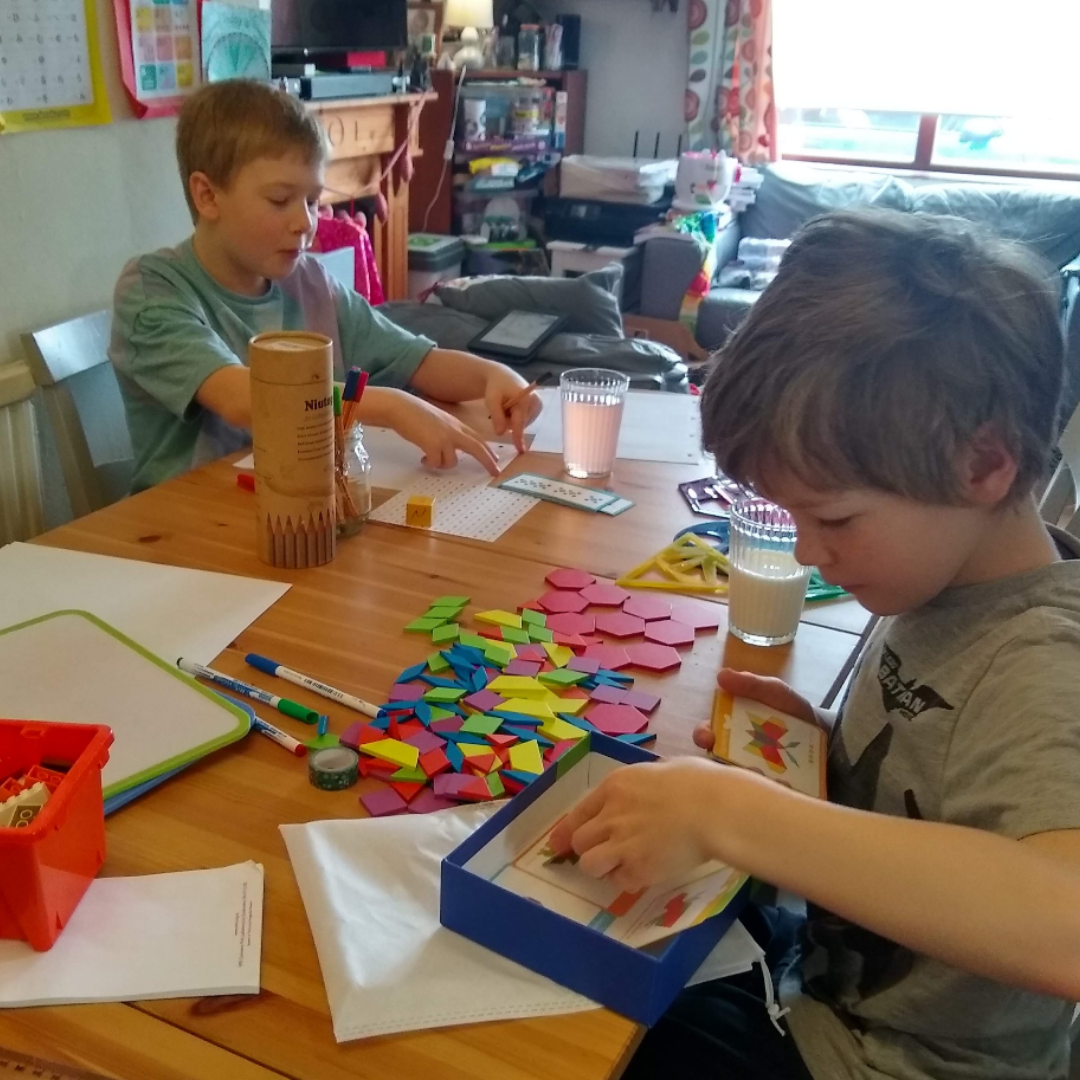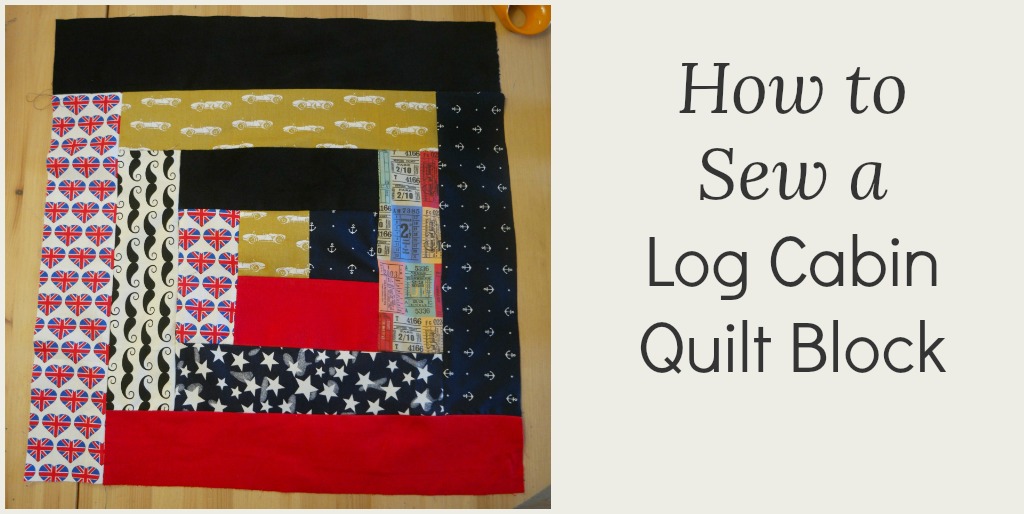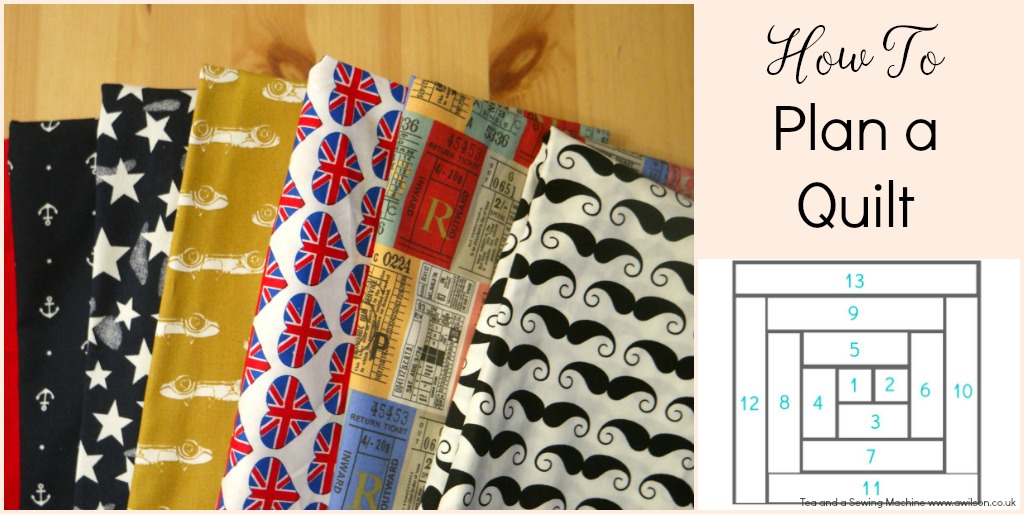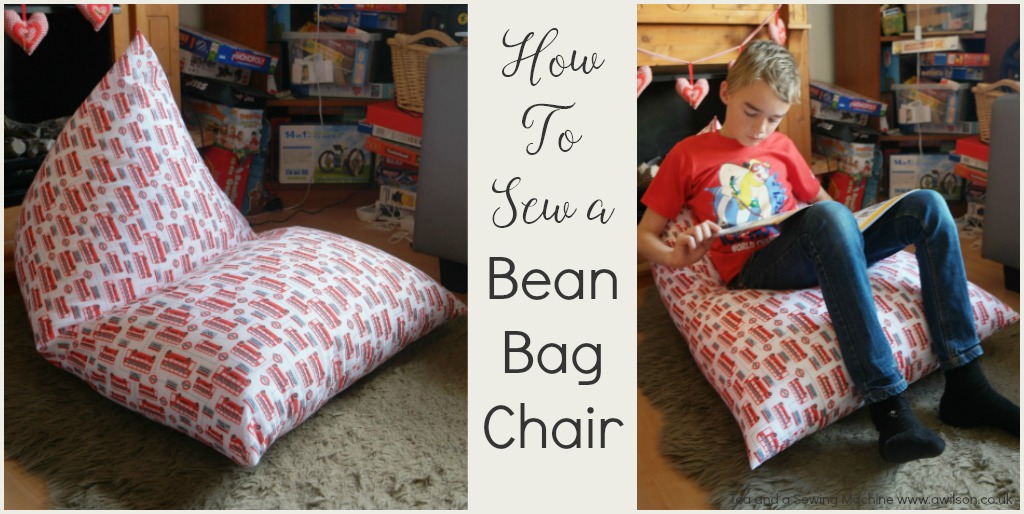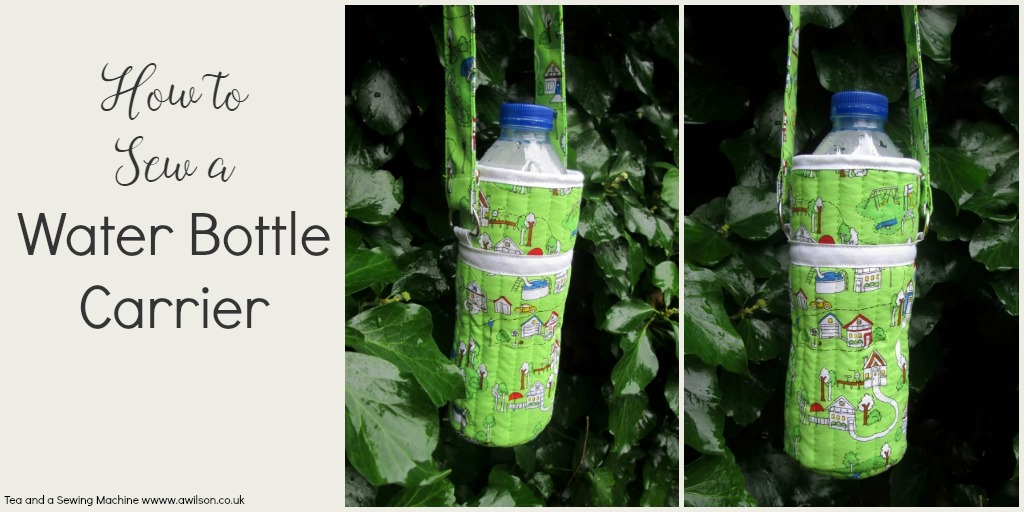What is Home Education and How Does It Look For Us?
It’s time for a random post about something that’s nothing at all to do with sewing or making stuff! You probably know already that I have 4 boys, and you might also know that I home educate the younger 2. I did have the 2nd one at home…

